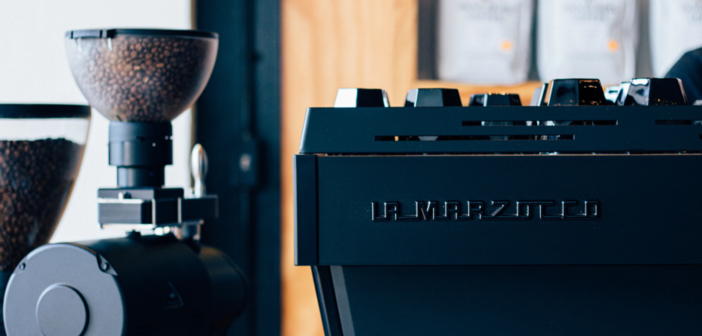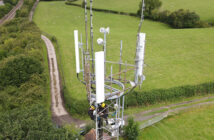Customers often return to their favourite shop for one reason: the taste of the coffee or espresso. This shows how important consistency with your coffee is.
How do you ensure you get the same consistency each time? Your espresso grinder. You want to choose a grinder that can uphold your customer’s standards and meet your shop’s volume. With all the choices on the market, where do you begin to find the best commercial espresso grinder? First, you need to consider all the factors.
Factors to Consider with Your Espresso Grinder
You can purchase the best coffee grinder in the world, but it won’t help you if it doesn’t meet the needs of your business. You might be thinking, “I just need it to grind beans.” This is true in a sense. However, you want to consider your personal preferences, what kind of business you have, the type of customers you have, how many, and what you intend to use the grinder for (i.e., espresso, coffee, etc.).
When it comes to personal preferences, you want to think about the kind of flavours you like or want to have. For example, flat burrs will give your coffee a chocolatey, nutty flavour and conical burrs will deliver a brighter, zestier flavour.
Your business type matters. If your shop sells espresso and coffee the most, then you’ll want to have a doser grinder for faster service. If your business doesn’t serve many coffee drinks or they’re only a bonus, then a large doser grinder won’t be your priority. Higher-end coffee shops tend to choose doserless grinders for fresher coffee and control over the dispensed coffee. Your employees’ experience will determine the type of grinder you purchase too. Experienced baristas will have no trouble using a stepless grinder but those who don’t make coffee or espressos often will benefit from a stepped grinder. If you’re looking for these commercial coffee grinders, click here.
Your type of customers might determine your grinder purchase. The more customers you have, it makes sense to go with a larger grinder and a grinder that can grind quickly. Bigger grinders tend to come with more speed settings than smaller ones. The size of the burrs is important too. Bigger burrs grind coffee quicker and don’t spin as fast when grinding large amounts. You want a slower spin. Slower spins decrease the risk of burnt beans and reduce heat. Your customers may prefer certain flavours for their drinks. In this case, you’ll want to consider different burrs for a change in flavour.
Types of Grinders
Burr Types
If you’ve ever had an espresso or coffee that tastes muddy or burnt, it most likely was because of the burrs of the grinder. Burrs are rotating rings in the grinder that the beans will pass through before being ground. A burr is one of the most important components of a grinder. There are two types of burrs.
Beans that drop vertically and get crushed with horizontal discs use flat burrs. Flat burrs use a faster RPM which does generate heat and risks burning your beans. Many commercial burrs have cooling elements. Flat burrs produce consistent beans. They have a balanced extraction with a chocolatey, nutty flavour.
Conical burrs resemble a manual juicer. Conical burrs rotate slower than flat burrs which keeps the beans cooler throughout the grinding process. Conical burrs are often used in high-end coffee shops. Unlike flat burrs, conical burrs grind the beans at varying sizes to keep the water from filtering instantly. Conical burrs produce a brighter, citrusy, fruitier flavour.
Doser and Doserless Grinders
Doser grinders store the ground coffee before it’s distributed to the portafilter. Doser grinders are often electric and have programmable doses of coffee. This gives you a more consistent, stable brew. Doser grinders work best for shops with a high volume of customers.
Doserless grinders place coffee into the portafilter. This type of grinder is ideal for more experienced baristas and lower-volume shops. This type of grinder usually has an on/off switch that requires your baristas to eye how much espresso is ground. Some models do come with timers for more consistency. Overall, doserless grinders produce less waste and fresher coffee compared to doser grinders.
Stepped and Stepless Grinders
Stepped or stepless refers to how fine or coarse the coffee is ground. Stepped grinders have pre-set built-in steps that baristas choose from. Stepless grinders act like a sliding scale and let baristas manually choose the options.
Stepped grinders work best for new shops trying to get in their groove or shops that need fast, user-friendly adjustability. These grinders feature notches that let baristas choose different settings like fine or course. Stepped grinders will benefit your baristas that aren’t as skilled.
Stepless grinders are ideal for experienced baristas. This grinder gives all the control to the barista. Baristas get to choose which option they want and that protects the coffee from spoiling and brings out more flavours. The only downsides to the stepless grinder are it’s less consistent because it takes high skill to replicate the setting and it requires high skill regardless of the drink you’re making.




